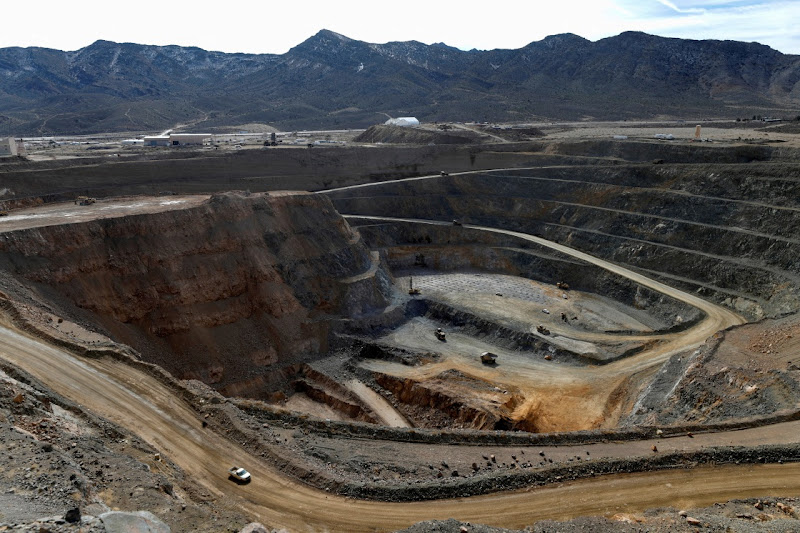China draws a red line in rare earths

Beijing’s new export curbs turn resource dominance into a weapon, threatening Western access to vital materials
China has introduced its most stringent export restrictions yet on rare-earth elements and permanent magnets, marking a major escalation in its long-term strategy to weaponise its dominance in these supply chains.
The ministry of commerce’s announcement No 61 of 2025 extends controls to foreign companies whose products incorporate even trace amounts of Chinese-origin materials or technology and applies the foreign direct product rule for the first time — a mechanism historically used by Washington to limit semiconductor exports to China.
In essence, any magnet containing Chinese-sourced rare earths or produced with Chinese mining, processing or magnet-making technologies now requires Beijing’s approval before export. The rule covers goods with as little as 0.1% heavy rare-earth content from China.
Because China dominates the sector — accounting for roughly 70% of global rare-earth mining, 90% of separation and processing, and 93% of magnet manufacturing — the policy carries major implications for national security and advanced manufacturing.
Military-linked exports face strict denial
Starting on December 1, firms with any link to foreign militaries will largely be denied export licences. Requests to use rare earths for military purposes will automatically be rejected, effectively cutting off Chinese-origin materials from foreign defence supply chains.
Rare-earth elements underpin critical defence platforms such as F-35 fighter jets, Virginia- and Columbia-class submarines, Tomahawk missiles, radar systems and smart munitions.
The controls also target the semiconductor industry. Export licence applications for materials used in sub-14-nanometre chips, next-generation memory and advanced manufacturing equipment will now undergo case-by-case review.
Companies must provide detailed information on end users and applications, giving Beijing discretionary authority to delay, condition or deny exports — adding a new layer of strategic leverage over global technology supply chains.
Beyond materials, China is tightening restrictions on the movement of expertise. Chinese nationals are now prohibited from working on or supporting overseas rare-earth exploration, extraction, processing, or magnet manufacturing projects without prior authorisation.
This measure seeks to safeguard China’s proprietary know-how and further consolidates its leadership in the field. It follows earlier bans on exporting rare-earth processing technologies announced in December 2023.
Negotiation leverage
While couched in technical trade language, the move also serves as a negotiation tactic. The ministry of commerce’s statement emphasised willingness to enhance communication and co-operation through export-control dialogues, signalling that Beijing could use these restrictions as leverage in broader economic or geopolitical talks.
The policy builds on a series of escalating measures. In December 2023, China banned the export of rare-earth extraction and separation technologies. In April this year, it restricted seven rare-earth elements in retaliation for new US tariffs.
Though a temporary truce was reached during May talks in Switzerland, restoring US companies’ access to Chinese rare earths, implementation faltered, with Beijing delaying export licences and US manufacturers facing production shutdowns. Renewed negotiations in June produced another trade framework but underscored how China’s rare-earth dominance has become a powerful geopolitical tool.
Despite recent US government efforts through significant investments in MP Materials and Lynas Rare Earths, among other companies, rebuilding domestic capacity will take time, leaving the US exposed in the short term.
China, meanwhile, retains decisive leverage over materials essential to both national defence and advanced technology manufacturing, highlighting the strategic urgency of accelerating alternative supply chains across allied nations.
How the US and nearly every other affected country respond is likely to be a driver of new geopolitical alliances, now and in years to come.